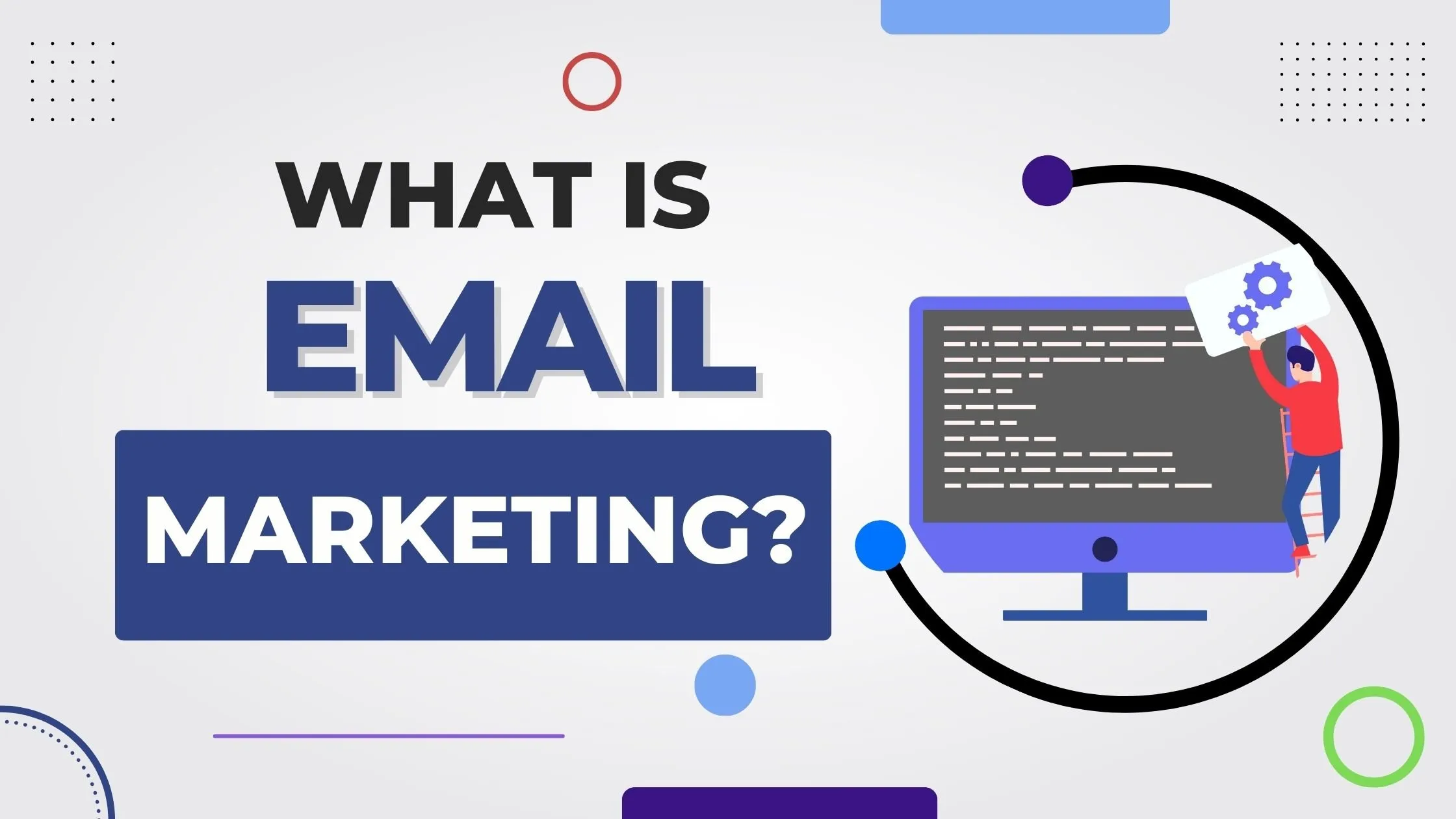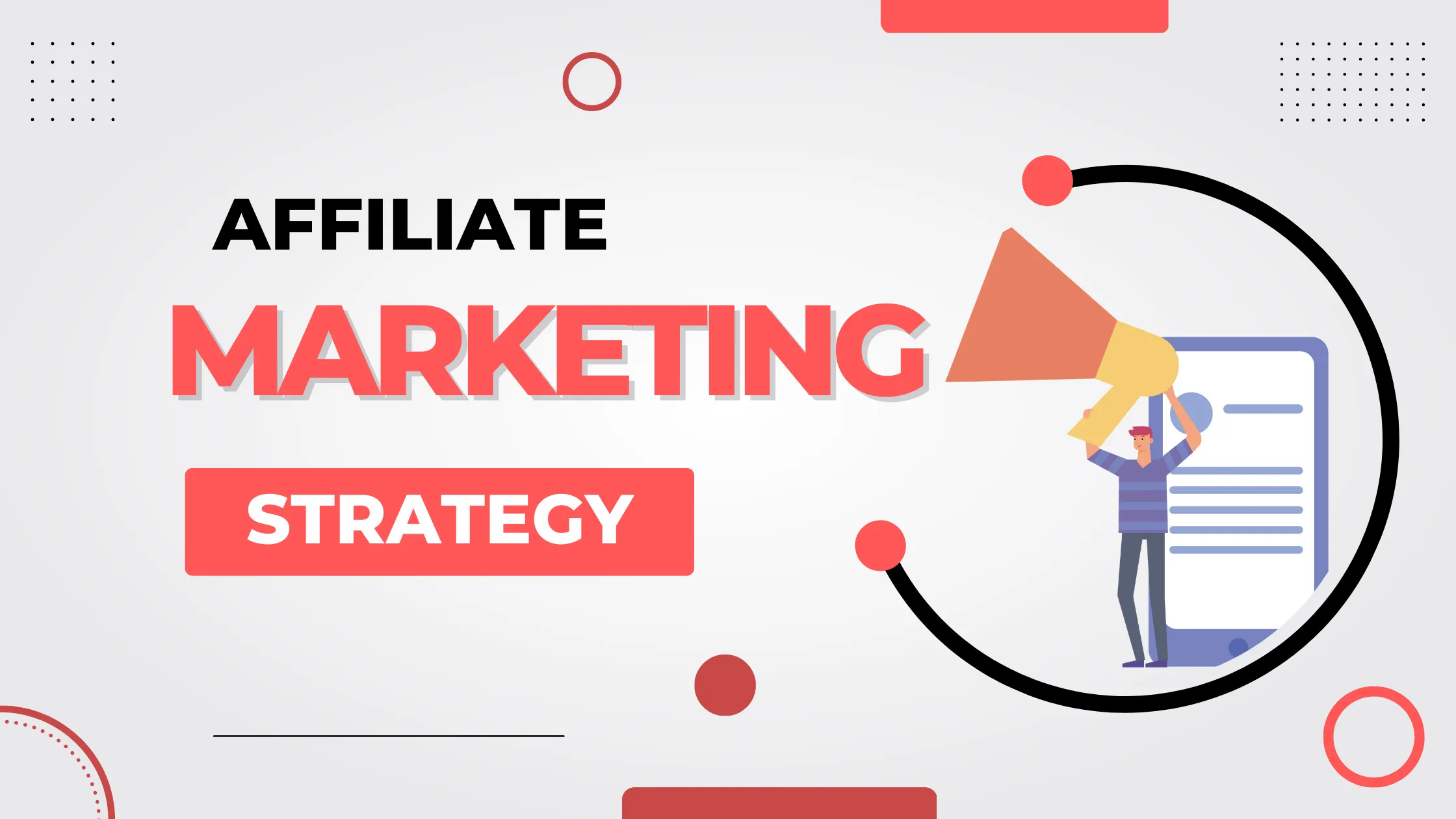The Ultimate Guide to Email Marketing
Email marketing is a powerful tool that can help businesses of all sizes reach their target audiences and achieve their marketing goals. Whether you're looking to promote your products or services, nurture leads, or build brand awareness, email marketing can help you do it all.
But with so many different strategies and tactics to choose from, it can be tough to know where to start. That's where this ultimate guide to email marketing comes in. In the following sections, we'll cover everything you need to know to create effective email marketing campaigns that drive results.

1. What is Email Marketing?
Email marketing is a digital marketing strategy that involves sending marketing messages to potential and current customers via email. These messages can be in the form of newsletters, promotional emails, or targeted campaigns designed to encourage specific actions, such as making a purchase or signing up for a service.
2. Why is Email Marketing Important?
There are several reasons why email marketing is an important part of any business's marketing strategy:
- It's cost-effective: Email marketing is one of the most cost-effective forms of marketing, with some studies showing that businesses can earn as much as $38 for every $1 they spend on email marketing.
- It's targeted: With email marketing, you can segment your email list and send targeted messages to specific groups of people. This allows you to personalize your messaging and increase the chances that your emails will be opened and acted upon.
- It's measurable: Email marketing platforms provide a wealth of data that can help you track the success of your campaigns and make informed decisions about future efforts.
- It's versatile: Email marketing can be used to achieve a wide range of marketing goals, from driving sales to building brand awareness.
3. How to Build an Email List
Before you can start sending emails, you need to have a list of people to send them to. There are several ways to build an email list, including:
- Offering an opt-in form on your website: This is a simple way to encourage visitors to your website to sign up for your email list. You can offer an incentive, such as a discount or free resource, to encourage people to sign up.
- Asking for email addresses in person: If you have a physical store or attend trade shows or other events, you can ask customers or attendees to sign up for your email list.
- Importing contacts from social media: If you have a large following on social media, you can import those contacts into your email marketing platform.
4. How to Create an Email Marketing Campaign
Once you have an email list, you can start creating email marketing campaigns. Here's a step-by-step guide to get you started:
- Set your goals: What do you want to achieve with your email marketing campaign? Some common goals include increasing sales, driving traffic to your website, or building brand awareness.
- Define your target audience: Who are you trying to reach with your emails? Consider factors such as age, location, interests, and purchasing habits.
- Segment your email list: If you have a large email list, consider segmenting it based on factors such as location, interests, or past purchase history. This will allow you to send more targeted and personalized emails.
- Create a content calendar: Plan out the emails you want to send and when you want to send them. Consider creating a mix of promotional emails, newsletters, and targeted campaigns.
- Write compelling subject lines: Your subject line is the first thing your audience will see, so it's important to make it catchy and relevant.
- Write compelling email content: The body of your email should be engaging and informative. Use images, headings, and bullet points to break up the text and make it easier to read.
- Test your emails: Before you send your emails, it's important to test them to ensure they look and function as intended. This includes testing the subject line, layout, and any links or calls to action.
- Set up tracking and analysis: Most email marketing platforms offer tracking and analysis tools that allow you to see how your emails are performing. Use this data to see what's working and what's not, and make adjustments accordingly.
- Launch your campaign: Once you're satisfied with your emails and have set up tracking and analysis, it's time to send your campaign.
- Follow up and re-engage: After your initial campaign, consider following up with targeted emails or re-engaging inactive subscribers.
5. Tips for Successful Email Marketing
Here are some additional tips to help you create successful email marketing campaign:
- Keep it personal: Personalization can go a long way in improving the effectiveness of your emails. Use your subscribers' names and other personal information to make the emails feel more personalized.
- Be consistent: Consistency is key in email marketing. Make sure to use the same branding and tone in all of your emails to build trust and credibility.
- Segment your list: As mentioned earlier, segmenting your email list can help you send more targeted and personalized emails.
- Use a clear call to action: Every email should have a clear call to action, such as "Sign up now" or "Buy now." Make it easy for your subscribers to take the desired action.
- Optimize for mobile: More and more people are accessing emails on their mobile devices, so it's important to optimize your emails for mobile viewing.
- Use A/B testing: A/B testing allows you to compare the performance of different versions of your emails. Use this to test things like subject lines, layout, and calls to action to see what works best.
6. Best Practices for Email Marketing
In addition to the tips above, there are some general best practices to follow when it comes to email marketing:
- Respect your subscribers' inboxes: Don't send emails too frequently or with irrelevant content.
- Use a double opt-in process: This helps ensure that only interested parties are on your email list.
- Follow spam laws: Familiarize yourself with the CAN-SPAM Act and other laws related to email marketing to ensure you're in compliance.
- Use a professional email marketing platform: A professional platform will offer features like automation, segmentation, and analysis to help you create and manage your campaigns more effectively. Examples of professional email marketing platforms are Aweber, GetResponse, Active Campaign, MailChimp and GrooveMail.
7. Conclusion
Email marketing is a powerful tool that can help businesses of all sizes reach their target audiences and achieve their marketing goals. By following the tips and best practices outlined in this guide, you can create effective email marketing campaigns that drive results.
Related Blog posts:















